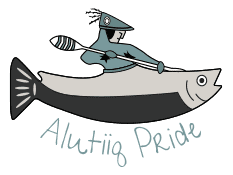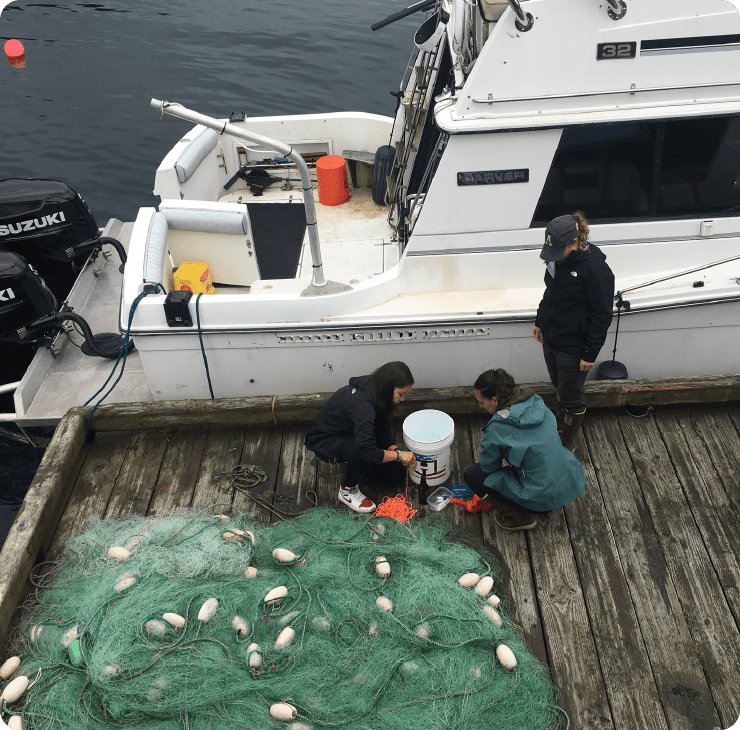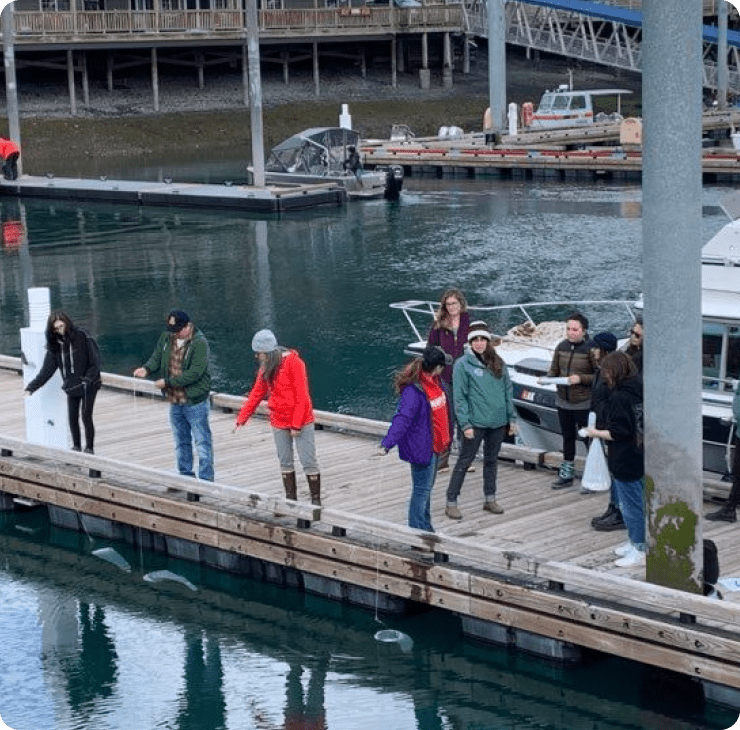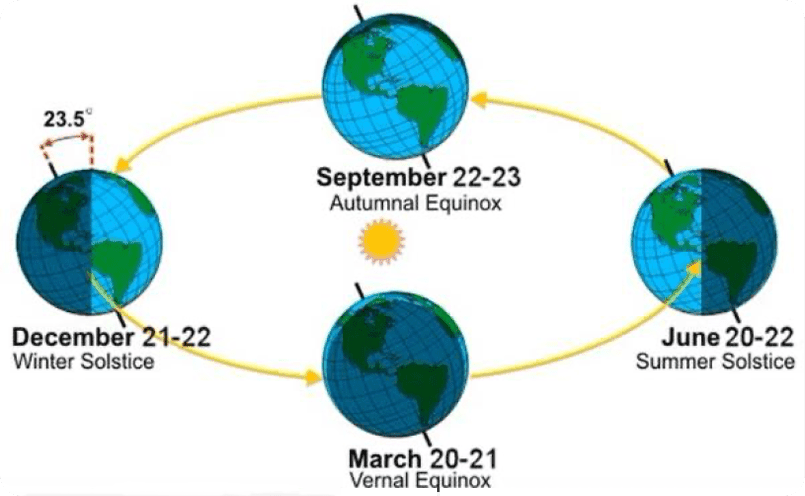Indian General Assistance Program
In 1992 . . .
Water Quality Program
Congress passed the Indian Environmental General Assistance Program Act. This act authorized the EPA to provide General Assistance Program (IGAP) grants to federally recognized Tribes and Tribal consortia for planning, developing, and establishing environmental protection programs in Indian country and for developing and implementing solid and hazardous waste programs on Tribal lands.
Water Quality Monitoring
Building Administrative Capacity
Building Program Capacity
Building Communications Capacity
Geographic Information Systems (GIS)
Water Quality
in the Chugach Region
Check out how CRRC has been bridging the gap between Western science and Traditional Knowledge from our Tribal members in our coastal communities.
This video features Natural Resource Specialists from the Native Village of Port Graham and the Seldovia Village Tribe, who have been building their capacities for years to manage local environmental protection programs. Using residents to conduct the sampling is a cost-effective way to expand the spatial ocean acidification dataset coverage, build capacity in those communities, and broaden the local knowledge for residents most affected by changing ocean conditions. Continuing this work is critical to understanding the effects of ocean acidification on important food resources for the Tribes in the Southcentral region.
The community response and interest have been overwhelming, and the interest outside the region also continues to grow. This video was made to impress upon the Natural Resource Specialists and community leaders the importance of the ocean acidification sampling program and how it fits into the bigger world of ocean acidification research. It is also intended to educate the samplers and leaders on the results to date and provide them with the background needed to share the importance and results with residents of these communities.
Building
Administrative
Capacity
CRRC maintains an environmental office and carries out administrative, financial, and program management functions. These activities will help build our program by improving our ability to get and manage other grants to address environmental issues.
Building
Program
Capacity
CRRC researches environmental issues and resources, reviews each Tribe’s EPA Tribal Environmental Plan, and participates in various conferences and training sessions to increase knowledge of water quality and subsistence resources in the region. These activities build our program’s capacity to address environmental issues collaboratively.
Building
Communications
Capacity
CRRC focuses on informing the Board and communities of regional environmental issues and program activities; reviews priority policies, projects, permits that may affect the regional environment; submit comments as appropriate; maintains a website and press plan; and builds relationships with other agencies and organizations. These activities increase regional communication and collaboration on priority environmental issues.
Geographic
Information
Systems (GIS)
CRRC works toward building the GIS program by locating available data and incorporating it into GIS files. In addition, we build our Tribes’ technical capacities related to GIS management by organizing hands-on GIS training.





